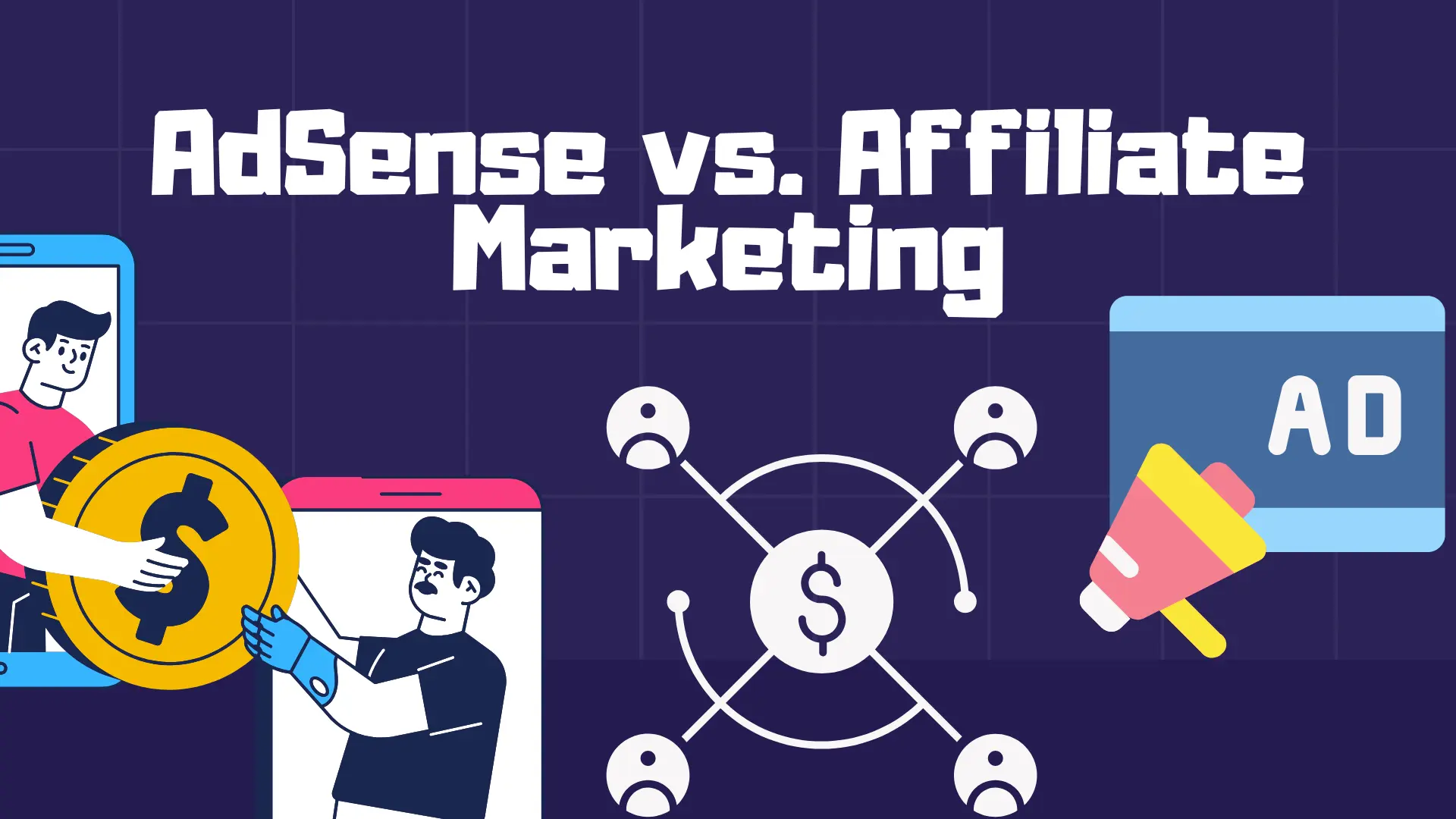If you are looking to monetize your website or blog, two of the most popular options are Google AdSense and affiliate marketing. Both have their advantages and drawbacks, but the ultimate question is: Which one pays more? The answer depends on various factors, including your niche, traffic, and monetization strategy.
What is Google AdSense?
Google AdSense is an advertising program that allows publishers to earn money by displaying ads on their websites. When users click on or view these ads, the publisher earns revenue. AdSense is easy to set up, making it a popular choice for beginners.
Pros of AdSense:
- Easy to integrate – Just place the ad code and start earning.
- Passive income – Once set up, revenue is generated automatically.
- Google’s reputation – Ads are high-quality and relevant to your audience.
Cons of AdSense:
- Low earnings per click (EPC) – Unless you have a high-traffic site, earnings can be minimal.
- Ad blockers – Many users install ad blockers, reducing impressions and revenue.
- Strict policies – Google can disable your account for policy violations.
What is Affiliate Marketing?
Affiliate marketing involves promoting products or services and earning a commission on sales generated through your unique referral link. It requires actively choosing products that align with your audience’s interests.
Pros of Affiliate Marketing:
- Higher earnings potential – Commissions per sale can be much higher than ad clicks.
- Flexible monetization – Choose products that fit your niche.
- No ad blockers – Users interact with content rather than ads.
Cons of Affiliate Marketing:
- Requires trust and authority – Your audience needs to trust your recommendations.
- No guaranteed income – Unlike AdSense, where every impression can generate revenue, affiliate marketing depends on successful conversions.
- More effort needed – You must actively promote and optimize your content.
Which One Pays More?
AdSense Earnings Potential:
If your website gets thousands of daily visitors, AdSense can generate a steady passive income. However, the earnings per click (EPC) vary depending on your niche. For example:
- Tech and finance niches have higher CPC rates (e.g., $1–$5 per click).
- Entertainment and general blogs earn lower CPCs (e.g., $0.10–$0.50 per click).
Affiliate Marketing Earnings Potential:
Affiliate marketing can be far more lucrative if you promote high-ticket products. Some bloggers earn thousands per month with affiliate commissions. Earnings examples:
- Amazon affiliates: 3–10% per sale (low but scalable).
- SaaS and software: $50–$200 per conversion.
- Digital courses: 20–50% per sale.
Best Strategy: Combine Both
Rather than choosing one, successful bloggers often use a combination of AdSense and affiliate marketing. You can display AdSense ads on general content and promote affiliate products in high-intent articles like reviews, comparisons, and how-to guides.
SEO Tips for Maximizing Revenue:
- Target high CPC keywords – Use Google Keyword Planner to find profitable keywords.
- Write in-depth affiliate reviews – More informative content leads to higher conversions.
- Improve website speed and UX – Faster-loading pages retain visitors longer.
- Optimize for mobile – Most users browse on mobile devices, so ensure ads and affiliate links work seamlessly.
Conclusion
If you want quick and passive income, AdSense is a great option. If you are willing to put in effort for higher long-term earnings, affiliate marketing is the way to go. The highest-paying strategy? Use both and maximize your revenue streams!
Let us know your experience with AdSense and affiliate marketing in the comments below!


